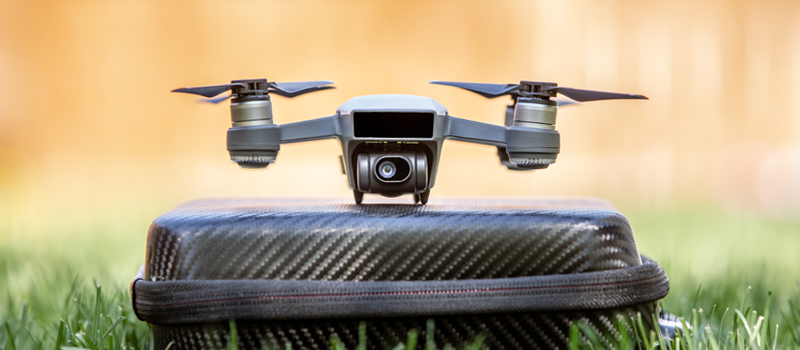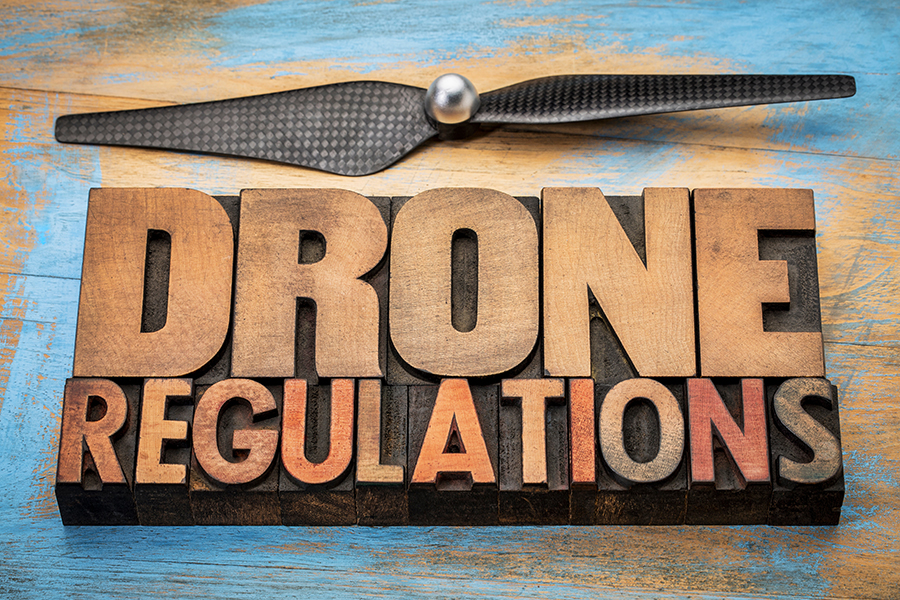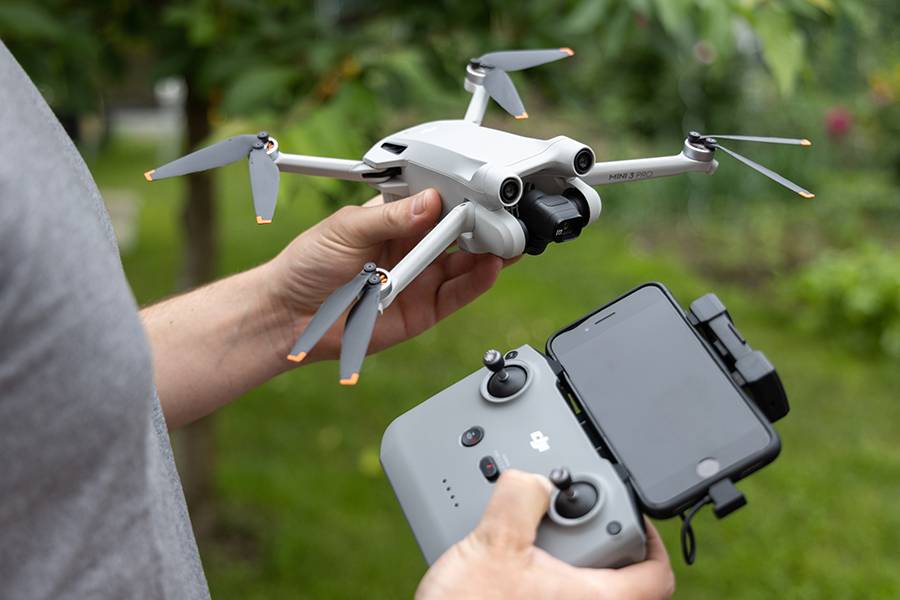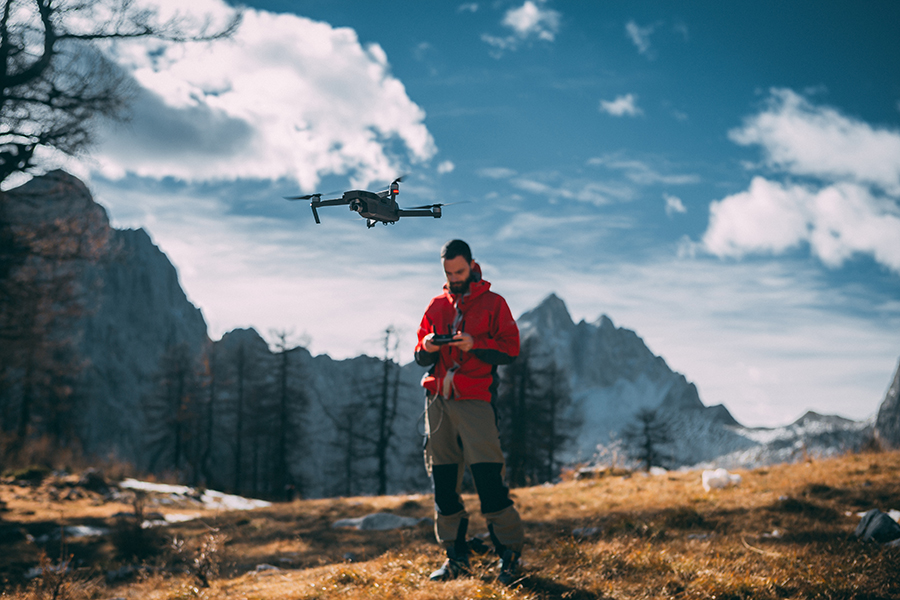Traveling by air in 2021 is a bit more complicated than in previous years, especially if it’s on an international flight. Health protocols seem to be in a constant state of flux. Preparation is key if you do not want to be stuck in an airport missing critical documents.
The emphasis on preparation also stands if you happen to be bringing a drone on your flight. Drones are now a lot more common than they used to be, so most airlines have clear guidelines on how to fly with them. Here are some tips to keep in mind if you plan to travel by air with your drone anytime soon.
Read up on drone rules in your destination
What could be worse than going through the trouble of packing your drone only to find that you won’t be able to use it? Knowledge of the local drone rules of your destination should be at the top of the list of things you need to research on. This is very important especially if you’re doing an international flight.
There is an entire spectrum of drone rules worldwide. There are countries that have no rules about them at all, and there are also countries where drone flight is completely banned. Of course, even bringing a drone to a country that has banned drone flight is just asking for trouble. Some countries may require you to register with a local authority before you can fly a drone.
Take note that the absence of any laws on drone flight does not mean that you have carte blanche to just fly a drone freely. In most cases, the absence of drone laws means that authorities generally will not sit well with the activity, especially if it is being done by a tourist. Also, keep note of any drone laws that are specific to foreigners.
Check the airline rules
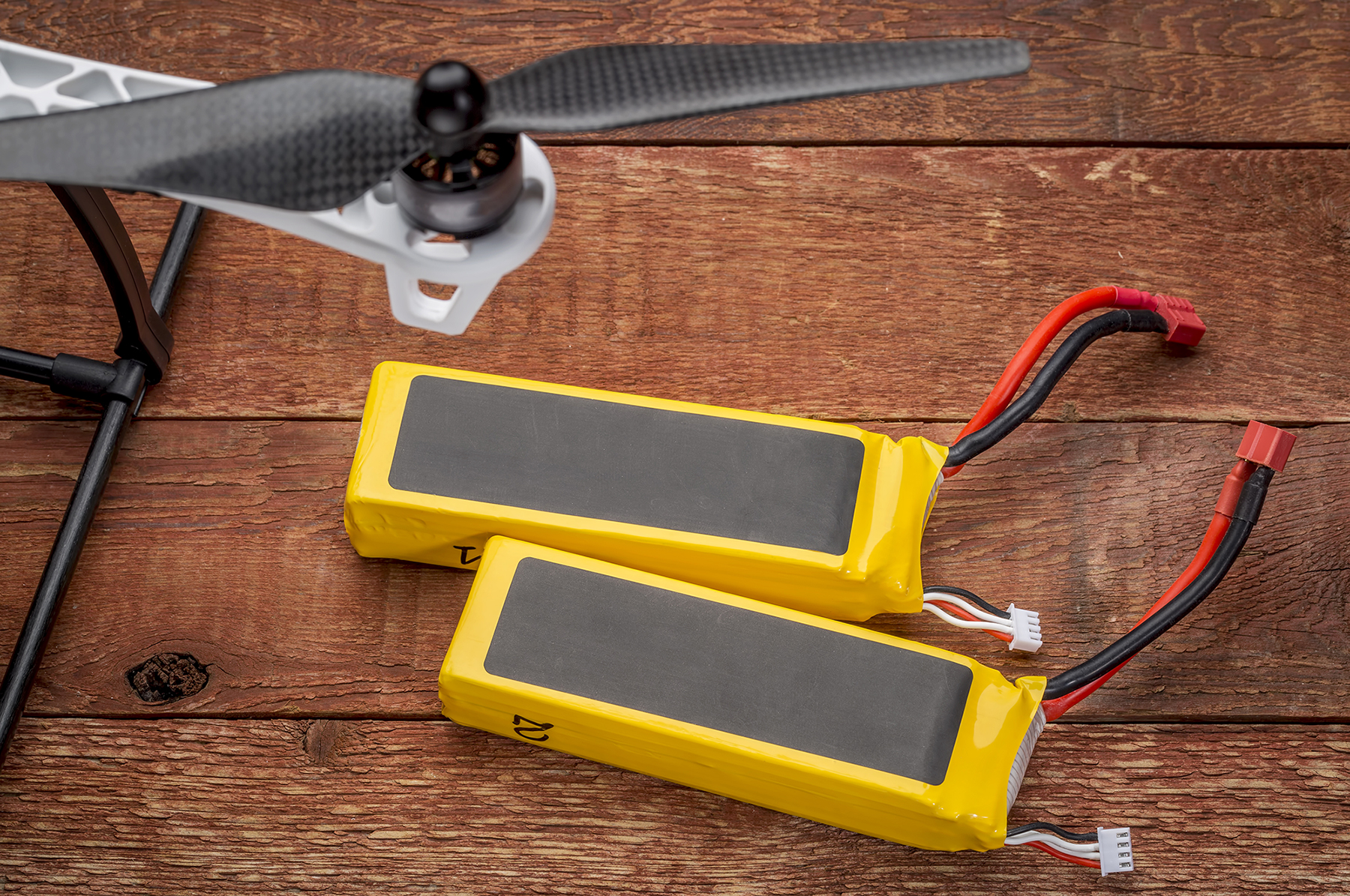
The next item on your list of things to research is the specific rules of your airline for drones. Do they require that the drone be checked in or brought along the cabin as hand luggage? The carry-on baggage option is almost always the better way, but it’s best to check with your airline anyway.
Bringing along batteries is a more complicated matter. Most airlines prefer that batteries be included in carry-on baggage but this typically is only limited to batteries with lower than 100 Wh capacity. If you plan to carry bigger batteries, you may need to secure the approval of the airline first.
If you’re unsure about the Watt-hour rating of your battery, just multiply its voltage value with its Amp-hour capacity. Most consumer drones should have batteries that are well under the 100 Wh limit.
Bring a travel-friendly drone
The recent trend of drones being ultra-portable has made it so much easier to travel with a drone. We suggest sticking to these ultra-portable drones if you really must go on a flight with one. While a Phantom 4 Pro or Inspire 2 certainly has its uses, they are hardly worth the effort and inconvenience.
Invest in a good carrying case
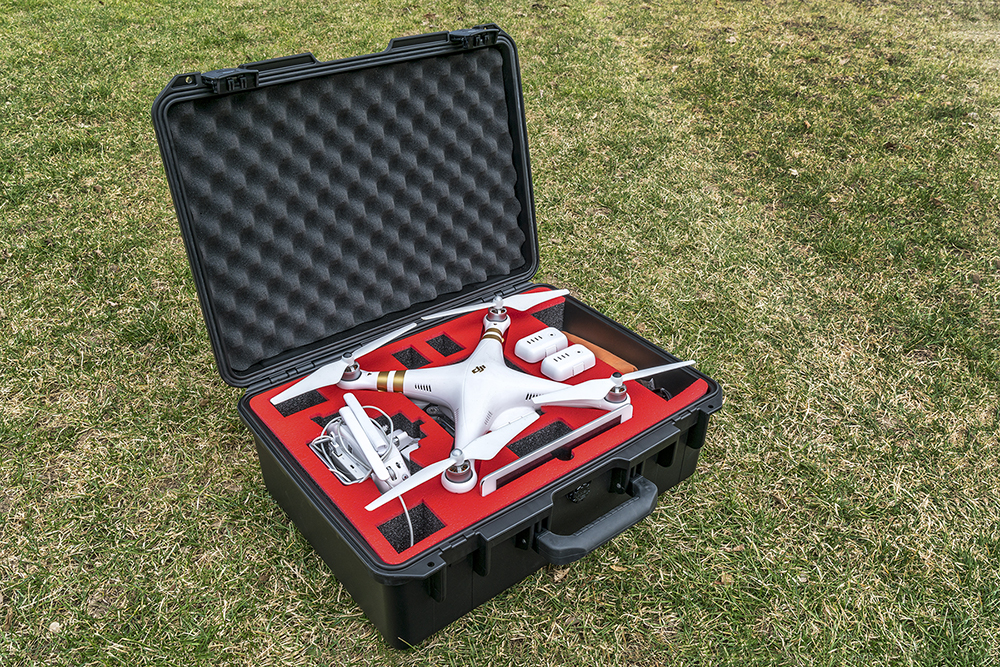
In the context of air travel, a good carrying case for your drone must satisfy a few conditions. It has to be tough enough to protect your drone, has space for the essential peripherals, and can be opened up easily for inspection.
We suggest getting a case with a hard plastic shell and cushioned compartments. It will almost certainly be inspected, so make sure that you can open the carrying case quickly. Depending on airline rules, you may have to store the drone batteries separately.
Pack your batteries according to airline rules
Yes, we have been talking about batteries repeatedly, but this is a matter that bears repeating. Lithium-based batteries, as reliable as they have become, are still fire hazards. Airline companies know this and likely have measures in place to reduce the risks they pose.
Again, it would be best to check with the airline about their rules on how batteries should be packed. Common requirements include having to tape the terminals of the batteries or storing them in fireproof pouches. There might also be a limit on how many batteries you can bring on board, even if they all fall below the 100 Wh threshold.
Register the drone with US Customs
If you’re flying internationally, it would be a good idea to have your drone registered with Customs as a “Personal Effect Taken Abroad.” This just ensures that Customs will not flag your drone upon your return as a newly purchased product.
Get liability insurance with international coverage
Accidents can happen in drone flight, regardless of where you fly. However, getting into a drone crash when you’re in an unfamiliar foreign land can be a lot more stressful. To help prepare for such an event, it would be a good idea to sign up for liability insurance that offers international coverage.
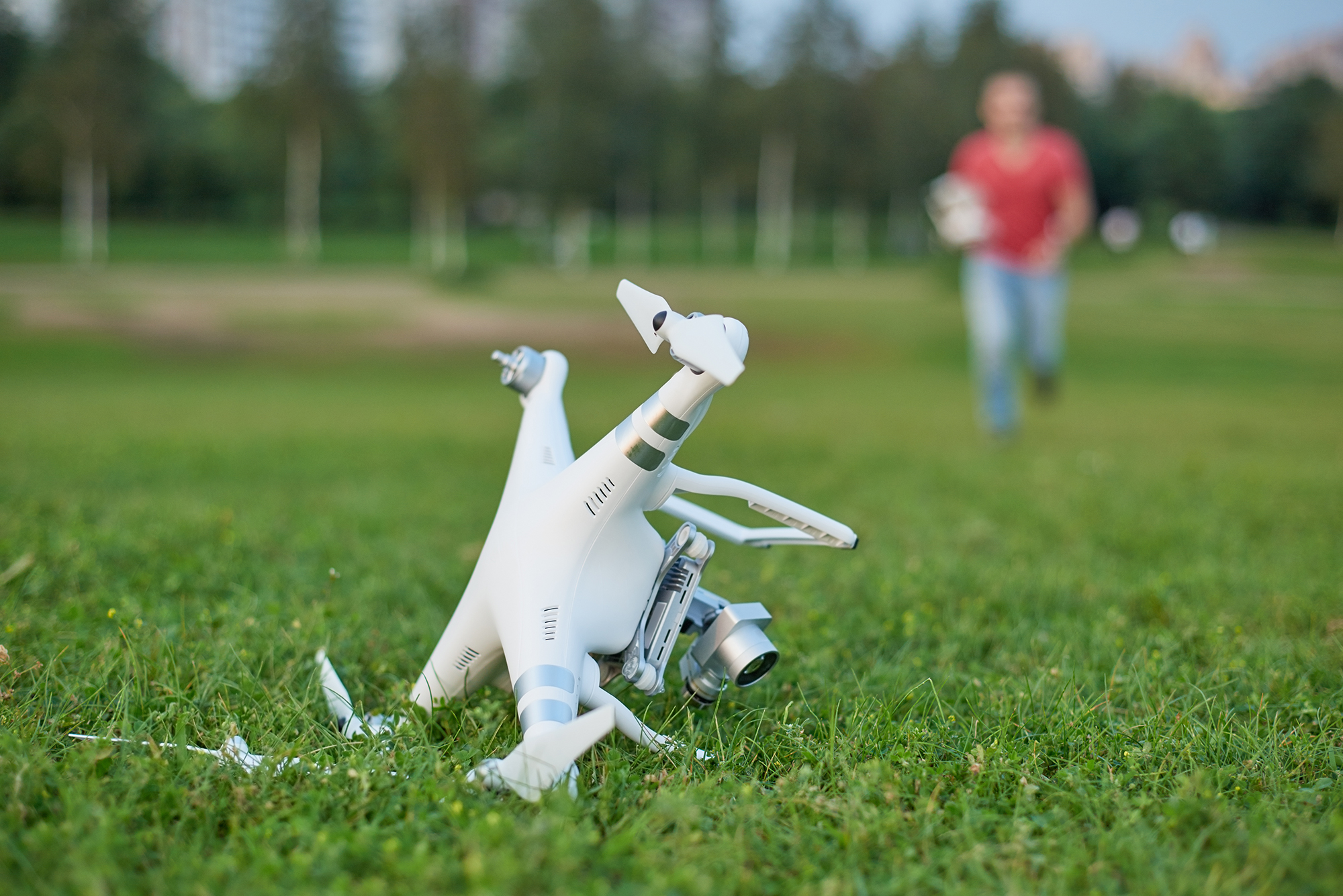
If this is not available, then you should at least get a policy that offers coverage for whichever country you’re going to be bringing your drone into.
Even if you did have insurance, it would be best to take a more conservative attitude to fly your drone in a foreign land. Do not fly beyond visual lines of sight, avoid flying over crowds, and always scan for airborne hazards. Foreigners should always respect local cultures and etiquette, and part of this is to avoid causing trouble.
Final Thoughts
Eventually, traveling with a drone will be as common as traveling with a DSLR camera. It can be a bit inconvenient having to carry lots of gear but having nice aerial photos of your vacation is well worth the effort.
With a bit of preparation, you should not have any trouble bringing a drone and its accessories onboard a flight. What is more important is that you read up on the local laws on drone flight for your destination. There are few things worse than violating a law or getting into an accident when you’re in an unfamiliar place.
